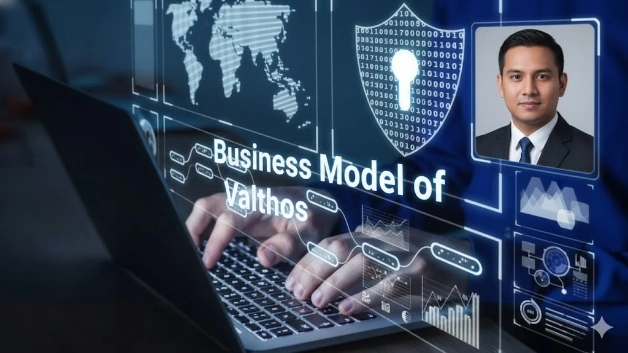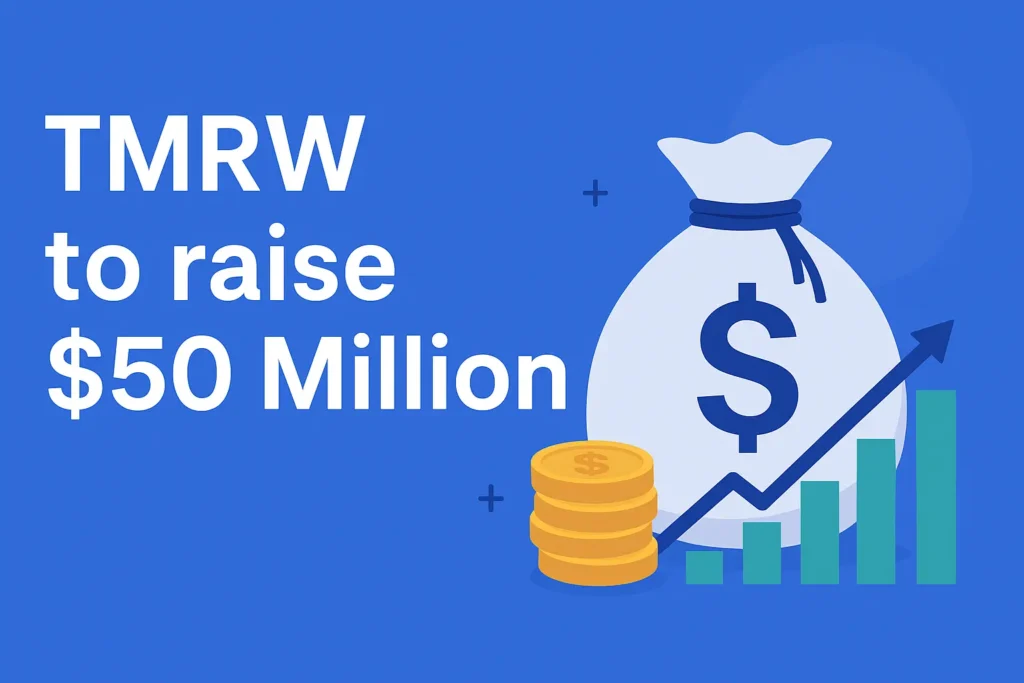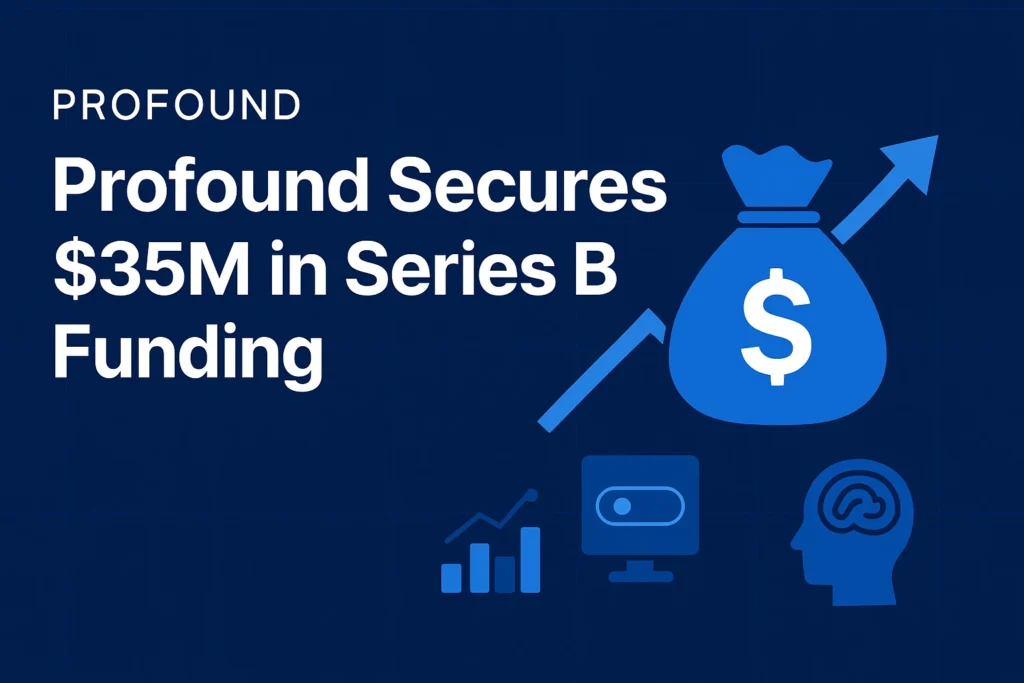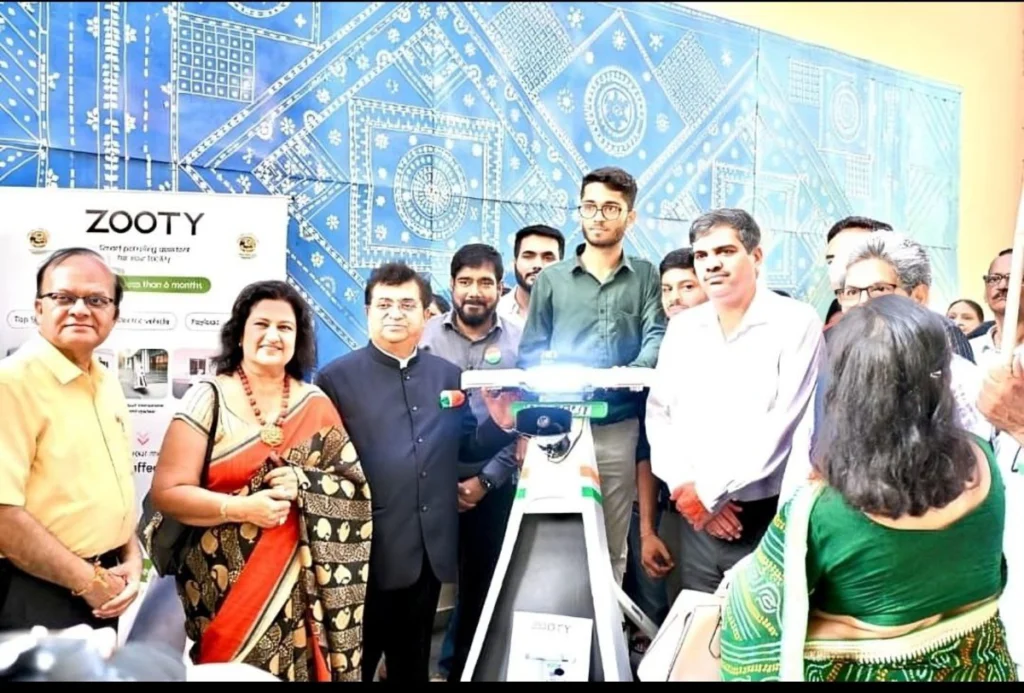| Category | Details |
|---|---|
| How Valthos Started | Business Model Of Valthos: Valthos was founded in November 2024 in New York by CEO Kathleen McMahon (former Head of Life Science at Palantir Technologies), CTO Tess van Stekelenburg (computational neuroscience researcher from Oxford University), and AI engineer Victor Mao (formerly at Google DeepMind). The founding emerged from recognition that synthetic biology now enables creating or modifying organisms faster than developing countermeasures, with AI leaders identifying biological threats as among the largest risks facing humanity. The founding team combines operational software expertise from Palantir’s government platforms, frontier machine learning capabilities from DeepMind’s AI research, and computational biology understanding from Oxford’s neuroscience programs. The co-founders articulated the mission stating “Today, it’s faster to weaponize biology than to advance new cures. Valthos ‘s future hangs precariously in the balance.” Early development focused on building what McMahon calls “the tech stack for biodefense”—applying frontier AI to identify biological threats and update medical countermeasures in real-time rather than months-long traditional timelines. |
| Present Condition of Valthos | Valthos currently operates with $30 million in seed funding led by OpenAI Startup Fund—marking OpenAI’s first biosecurity investment—with strategic participation from Lux Capital (incubation partner) and Founders Fund. The nine-person team spans computational biology, software engineering, and frontier AI expertise. The platform analyzes biological sequences from commercial and government sources including air and wastewater monitoring to identify emerging threats and assess risks. Technology shrinks response time from months to hours according to company claims, addressing the speed asymmetry where weaponization outpaces cure development. Operations focus on building real-time biological threat detection without requiring new hardware infrastructure, leveraging existing surveillance networks. The company maintains partnerships with pharmaceutical manufacturers for countermeasure production and engages government agencies and life sciences stakeholders. Current stage remains pre-commercial with technology deployment prioritizing government and defense customers requiring rapid biosurveillance capabilities. |
| Future of Valthos and Industry | Valthos ‘s Plans include expanding pharmaceutical manufacturing partnerships, accelerating government and life sciences stakeholder hiring, and deploying AI-powered threat detection across federal biosecurity infrastructure. The global biodefense market valued at $890 million in 2025 projects growth to $1.81 billion by 2030 representing 15.1% CAGR. AI technologies segment within biodefense demonstrates highest growth rates due to contributions toward real-time pathogen monitoring, outbreak forecasting, and automated threat coordination. Synthetic biology democratization creates expanding attack surface as biotechnology becomes increasingly accessible through AI-powered design tools and contract manufacturing. OpenAI leadership including Chief Strategy Officer Jason Kwon indicated Valthos may make additional biosecurity investments beyond the initial commitment, validating sector importance. Regulatory momentum builds as RAND Corporation warns governments remain unprepared for AI-driven crises moving faster than bureaucratic response capabilities. Research institutions increasingly adopt AI-powered disease forecasting—the Delphi-2M model predicts over 1,000 conditions up to 20 years in advance using UK Biobank data, demonstrating shift from reactive to preventive medicine applicable to biodefense. |
| Opportunities for Young Entrepreneurs | Young entrepreneurs can leverage the ecosystem through computational biology consulting—helping research institutions and biotech companies implement AI-powered threat detection and analysis pipelines. Data labeling and annotation services specialized in biological sequences support training AI models identifying pathogen variants and potential bioweapons signatures. Cybersecurity for biotech represents opportunities protecting sensitive biological data, research facilities, and manufacturing infrastructure from cyber attacks that could compromise countermeasure production. Compliance and regulatory consulting helps biosecurity companies navigate complex approval processes across defense agencies, healthcare regulators, and international biosecurity frameworks. Supply chain resilience services address pharmaceutical manufacturing vulnerabilities by building distributed production networks reducing single points of failure during biological emergencies. Educational content creation teaches synthetic biology safety, responsible AI development for biotechnology, and dual-use research awareness to next-generation scientists. Infrastructure services include building secure data-sharing platforms enabling government agencies, academic institutions, and private companies collaborating on threat intelligence without compromising classified information. |
| Valthos’ Market Share | Operations remain early-stage within fragmented biodefense AI market lacking dominant commercial incumbents. Traditional competitors include government-operated surveillance networks like CDC’s PulseNet and international biosecurity organizations coordinating outbreak response through manual epidemiological methods. Commercial biosurveillance companies including Ginkgo Bioworks (biosecurity and public health monitoring), Metabiota (epidemic tracking), and various defense contractors provide complementary services but lack AI-first real-time threat updating capabilities. Academic research institutions including Broad Institute, Arc Institute, and university biosecurity labs develop detection technologies but focus on research rather than operational deployment. The nine-person team size positions the company as agile startup rather than scaled enterprise, with market capture dependent on government contract acquisition and pharmaceutical partnership expansion. OpenAI backing provides credibility attracting regulatory attention and potential preferential consideration for federal biosecurity contracts requiring trusted technology providers with established AI safety protocols. |
| Valthos’ MOAT (Competitive Advantage) | Competitive advantages include OpenAI Startup Fund backing—the fund’s first biosecurity investment—providing credibility, AI safety expertise, and potential technology integration with OpenAI’s biosecurity safeguards including safety-focused reasoning monitors. Founding team combines rare skill intersection of operational government software experience from Palantir, frontier AI capabilities from DeepMind, and computational biology understanding from Oxford creating knowledge barriers competitors cannot easily replicate. Speed-first architecture shrinking identification-to-response from months to hours addresses fundamental asymmetry where synthetic biology enables rapid pathogen creation requiring equally rapid defensive adaptation. Hardware-agnostic platform leverages existing commercial and government biological monitoring infrastructure eliminating capital expenditure barriers that slow competing biosurveillance network deployments. Lux Capital incubation provides patient capital, deep technical collaboration, and extensive biotech network access beyond conventional venture timelines. Dual-use risk awareness positions technology for responsible deployment navigating ethical concerns around biological information accessibility that could impede competitors lacking robust safety frameworks. First-mover advantage in AI-powered real-time countermeasure updating creates operational knowledge accumulation as platform processes biological threat data unavailable to later entrants. |
| How Valthos Makes Money | Revenue generation follows enterprise software and government contracting models with subscription-based access fees for real-time biological threat detection platforms sold to federal agencies, defense departments, and international biosecurity organizations. Performance-based government contracts capture value through outcomes including reduced outbreak response times, prevented biological attacks, or accelerated countermeasure deployment measured against traditional surveillance baselines. Pharmaceutical partnership revenue sharing arrangements provide fees when AI-identified threats lead to countermeasure development and production with commercial or government purchasers. Consulting and implementation services generate revenue deploying biosurveillance systems across existing government monitoring infrastructure, training personnel, and maintaining operational readiness. Data and threat intelligence licensing provides recurring revenue as commercial biotech companies, academic institutions, and international health organizations access curated biological threat databases and risk assessments. As platform scales and proves operational effectiveness, venture capital funding transitions toward defense industrial base contracts representing billions in federal biosecurity spending allocated toward next-generation capabilities replacing legacy manual surveillance systems with AI-powered real-time threat adaptation infrastructure. |
I’m Araib Khan, an author at Startups Union, where I share insights on entrepreneurship, innovation, and business growth. This role helps me enhance my credibility, connect with professionals, and contribute to impactful ideas within the global startup ecosystem.




